MusicRadar Verdict
This is a very impressive debut release. The Hydrasynth looks and sounds great, dares you to explore it further – plus, it is impeccably built and fairly priced. There is a lot to like here.
Pros
- +
The build quality is excellent.
- +
It looks great, too.
- +
Clear, intuitive module-driven interface.
- +
It has a unique sound – especially with poly aftertouch.
Cons
- -
Takes a little time to fathom its depths.
MusicRadar's got your back
What is it?
Ashun Sound Machines might well be new to the majority of us but, as part of Medeli, the a well established Hong Kong instrument maker, it's got some pedigree.
Glen Darcey is VP of their product development team, a hugely respected figure in the industry who is behind products such as Arturia’s ‘Brute’ synthesizer range, Akai’s MPC Renaissance and Studio samplers, and many more.
We had no doubt that his attention to detail on the Hydrasynth would be exacting. But sometimes expectations can be misplaced. Does the Hydrasynth live up to ours?
Packed beside the Hydrasynth in its nice, sturdy box is a full, printed user manual. The synth sure feels sturdy, featuring an all-metal construction and a unique front panel.
Knobs feel smooth and weighty. The clear backlit buttons are soft under the fingers with a very pleasing orange glow – the ASM signature colour, very ’70s! The main panel is all metal and painted black, while the Roland-esque aluminium end cheeks add a nice industrial aesthetic. The only disappointment is the lack of built-in power supply – that would have topped off the Hydrasynth's premium feel.
To bring poly aftertouch to the market at an affordable price point like this is huge. I can say this for definite; once you try it, it’s hard to go back to standard channel aftertouch
Moving onto the keyboard. Here you've got a bespoke 49-note keybed, nicely balanced and positive when played. However, it has a very special feature in the form of the polyphonic aftertouch, or ‘polytouch’. To bring poly aftertouch to the market at an affordable price point like this is huge. I can say this for definite; once you try it, it’s hard to go back to standard channel aftertouch.
For the uninitiated poly aftertouch allows you to play a chord and add modulation to one (or multiple) notes in the chord. This is incredible because you can achieve effects played by one hand that can sound like a melody and accompaniment in one – all the while your other hand is free).
The response is pretty much perfect too – not too hard to trigger, not too easy. This is reason alone to buy it, and an achievement all round.
- Smaller budget? Here are the best cheap synthesizers
- The 11 best semi-modular synths
- Only want the best? Check out the best high-end hardware synthesizers
Effects, arps and connectivity
There are plenty of features to shape your sounds. There is a generous amount of high-quality effects arranged in four blocks. Pre and post effects include chorus, rotary, flanger, lo-fi, phaser, EQ, tremolo, and compressor. There are five delay types and reverbs. Across the board, the quality is excellent, allowing sounds to properly breathe.
Of course, you can also modulate these effects and make them become an integral part of the sound design process. ASM provides an onboard arpeggiator that is comprehensively featured with a number of octave modes, tap tempo (for when jamming along live), gate, swing, ratcheting with probability (called ‘chance') – plus 64 preset phrases, chord mode, latch and sustain.
There's no onboard sequencer but the deep feature set of the arp certainly does make up it.
There is also a respectable array of connections, with a wall-wart power connector, a pair of front-edge mounted headphone sockets, stereo unbalanced outputs, MIDI in/out/thru (DIN), USB, plus sustain and expression inputs. Let's not forget the CV connectivity, which you'll find right there on the front panel for easy access, and includes two CV inputs and five CV outputs.
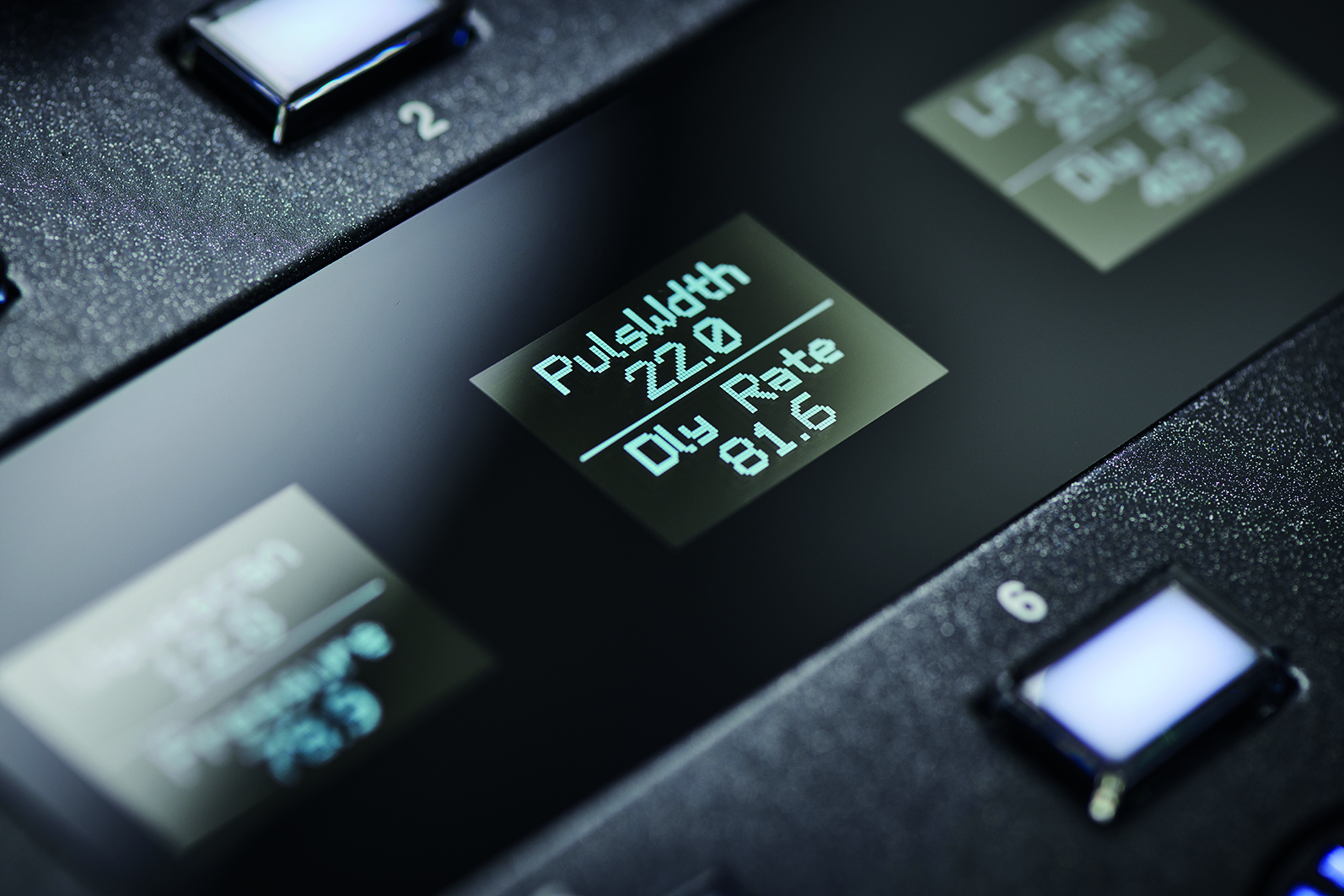
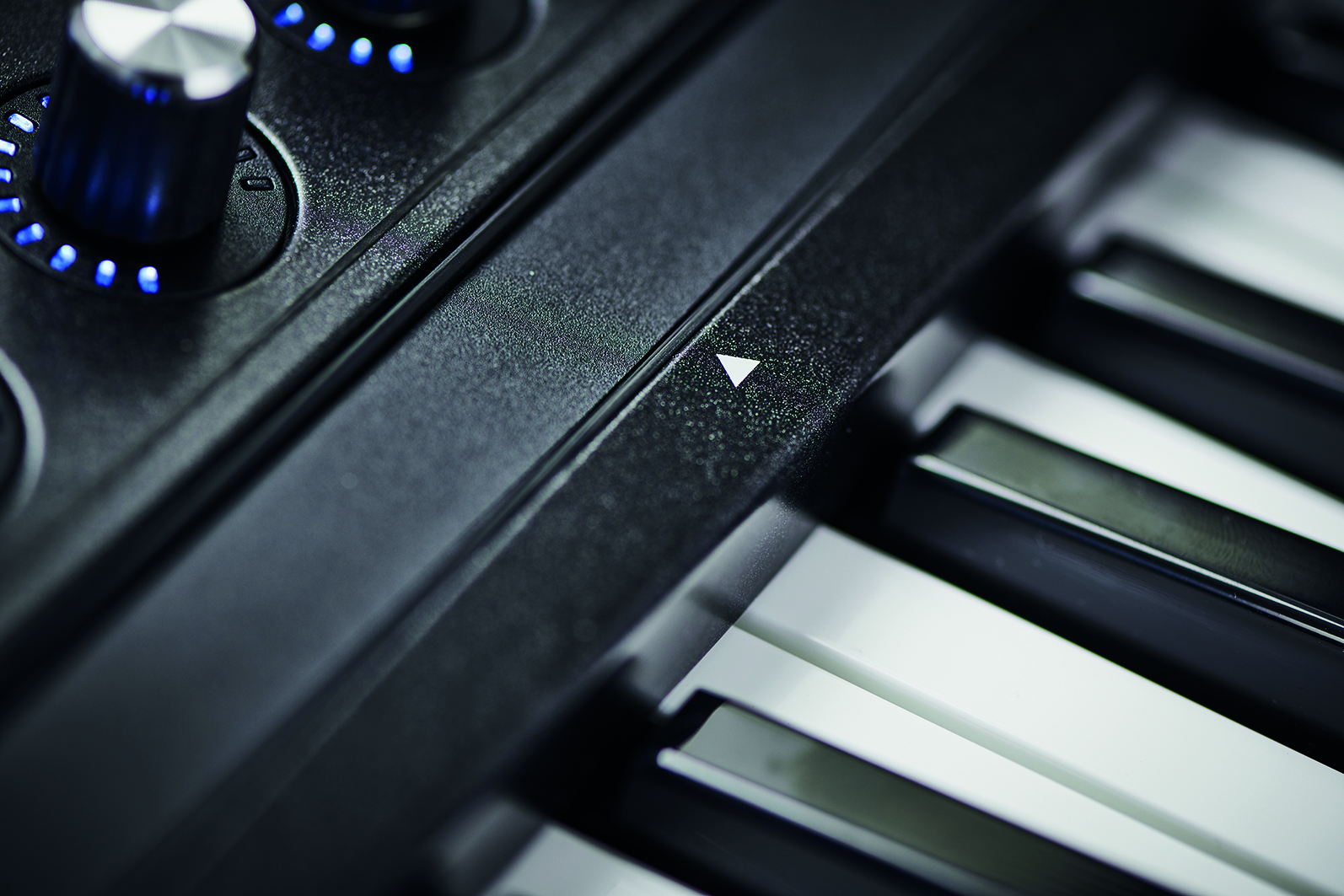
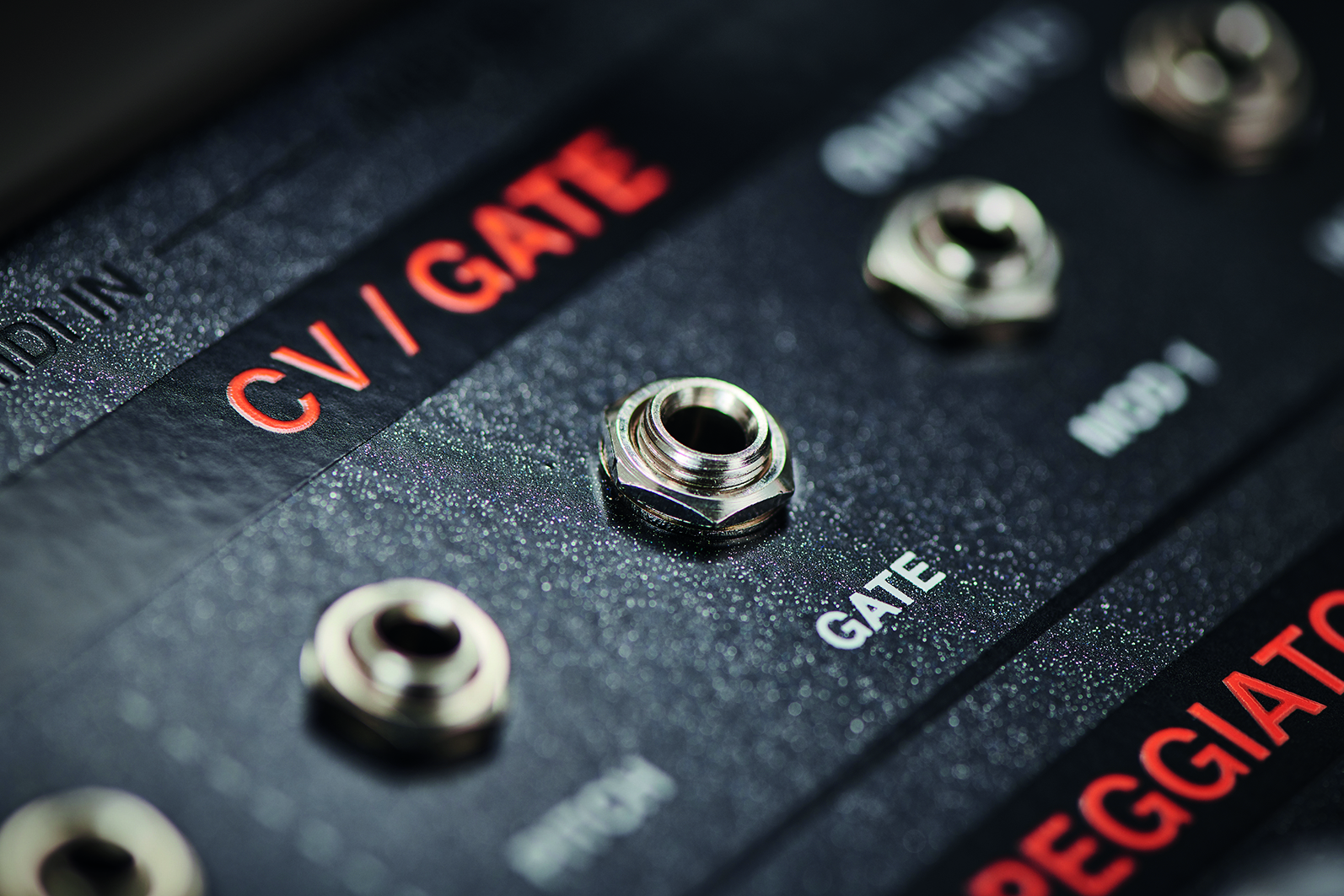
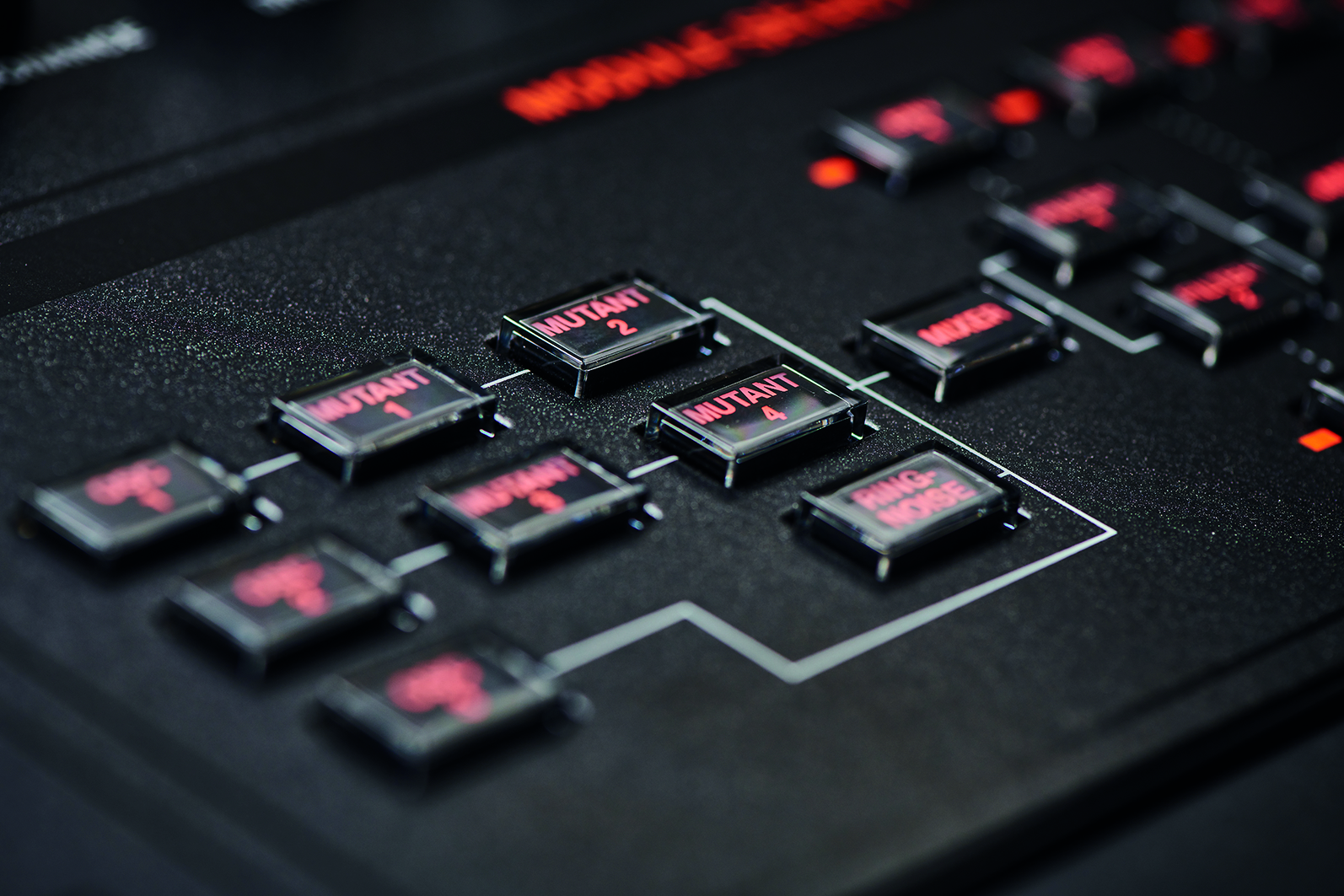
Performance and verdict
We can quickly get to grips with how this machine works under the hood and on the surface by taking the front panel in chunks. The layout is logical, with clear blocks of functionality. Starting on the left-hand side, you'll find master volume and a control to switch on glide. The Hydrasynth's glide modes comprise logarithmic, exponential and linear curves – much like my Andromeda.
Set how the beautiful long ribbon controller affects sounds with the ribbon button. Hold the chord button until it flashes, then press up to eight notes and trigger them from one key – much like some classic polysynths. The ribbon is a very nifty thing indeed and can act as an instrument in its own right. Play it like a theremin. Alternatively, assign it modulation duties or use it to bend held notes/chords.
One thing we would change is to make the pitches on the ribbon line up with the notes on the keyboard; for example, press middle C and the ribbon position directly in line is also a C.
While we are talking performance controls, let's look at the unique paddle-style pitch and mod wheels. The paddles are clever and add a more nuanced method of moving the wheels. They also light up in several rather lovely colours along with the big selector wheel, and you can customise this when saving your patches.
The next section is where you will find the CV ins/outs and arpeggiator, and an area called ‘main system’. This is where you change patches and banks, save, choose favourite patches, initialise, and – with a feature I also love on Korg's Wavestate – create patches out of thin air with the random button.
There is also a nice big ‘home’ button if you feel you’ve strayed too far. Reassuring! In this section you'll find the Hydrasynth's biggest screen, which deals with patch selection among other tasks, and also displays waveshapes in real-time just as Korg’s ‘Logues do.
Next we have the the master control section, with eight chunky rotary controls. A range of corresponding backlit white buttons and LED rings to display stored/current values.
The four smaller screens line up with the rotaries, with the top third of each screen displaying assignments for the top row of knobs. The assignments for the lower set of knobs are displayed on the bottom third.
The button assignments, meanwhile, are displayed in the middle of these screens. Dividing them up like this works very well in practice, making a number of parameters controllable and viewable at the same time.
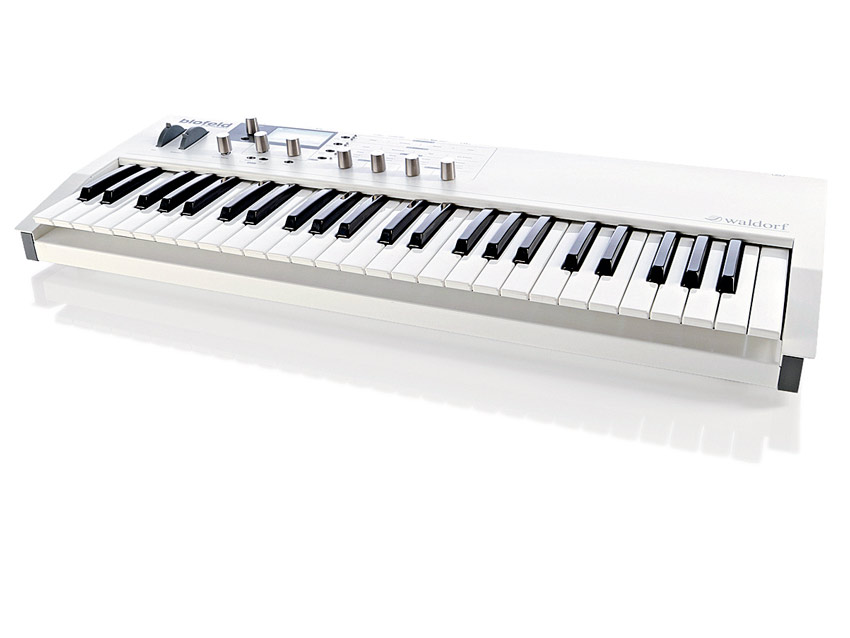
• Waldorf Blofeld Keys
Old gold! The well-respected Blofeld includes user-sample-upload, virtual analogue synthesis, three fast LFOs per voice and four fast envelopes per-voice, 16 parts, arpeggiator, three oscs per-voice (with wavetables) and FM.
• Modal Argon 8X
Modal’s latest board includes all the great features of the Argon 8 but with a 61-note keyboard. Features include 120 wavetables, 32 static wavetable modifiers, 32 high-resolution wavetable oscillators, eight types of oscillator modifier and four filter types.
• Nord Wave 2
Nord’s most powerful synth to date. It has a five-octave waterfall keyboard, four parts and includes sample-based waves, virtual analogue waves, wavetable and FM synthesis, plus 48-voice polyphony.
Of course, there is more! Using the macro facility, each knob and related button can control eight user-assigned parameters at once – meaning that you can set up your go-to performance parameters and tweak them on fly during a performance or studio jam. Note: each button also has several trigger modes.
Macro setups can be stored and named, too, so that you can apply your favourite buttons’ macro setups to any of your custom patches. Much like ‘control routes’ on the Alesis Andromeda –which give you a way to ‘interrupt’ the mod paths – Macros can also control mod-matrix mod routes too,
Speaking of mod routes, we have 32 here. This is where you can really let your imagination run wild!
Setting up mod routes can be done in and out of the Mod Matrix page – accessed by the Mod Matrix button – and is super fast. Just hold any source, say, an LFO1, then hit your desired destination (filter cutoff? Why not), and then tweak the level and you’re all set.
Something that always impresses me is that you can modulate these excellent effects too, greatly increasing the Hydrasynth’s versatility.
You can instantly see what is being triggered by a keypress. Envelopes and LFO buttons will light up if assigned. The ‘module select’ area offers such fast and direct access to all the main modules that make up your sound. Oscillators, envelopes, filters, amp, mixer, LFOs, noise and effects and all the familiar sound building blocks are nicely presented here.
However, just remember that this is the Hydrasynth, in no sense of the word is it conventional! For a start, you have three oscillators per voice which include standard waves, plus wave-scanning, the latter an intuitive type of wavetable synthesis where you can assign eight waves and then scan through them using a dial/mod route.
You’ll also discover linear FM within the 'mutants' and some unique types of pulse-width modulation. Furthermore, there are five (looping) envelopes per-voice, an amp module, two filter modules, five LFOs, reverb and delay modules, plus pre and post effects.
Essentially, everything you might possibly want in terms of sound design is all here, and it is directly accessible and mostly modulatable! This all looks very powerful on paper, and this power is reflected in the sound too.
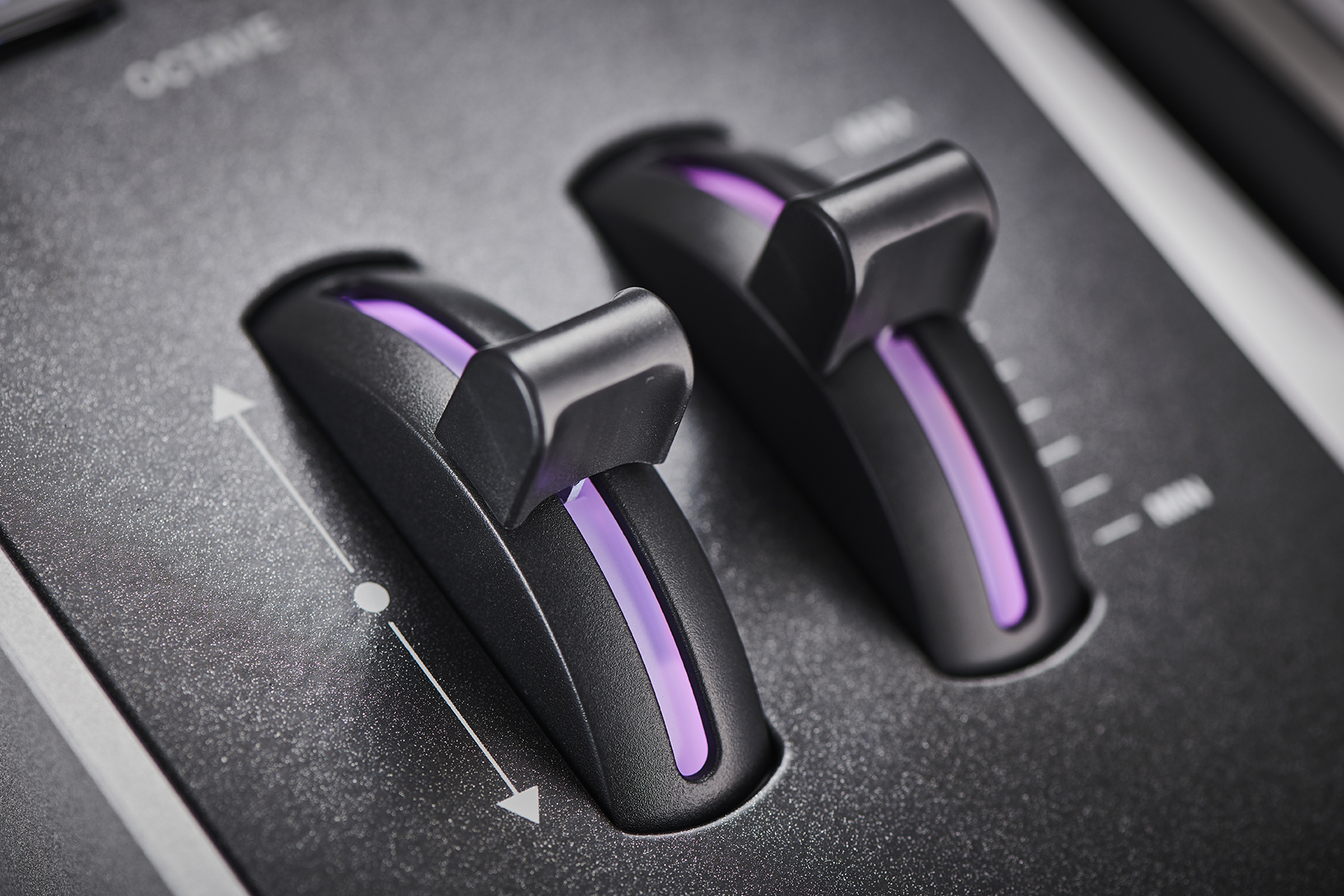
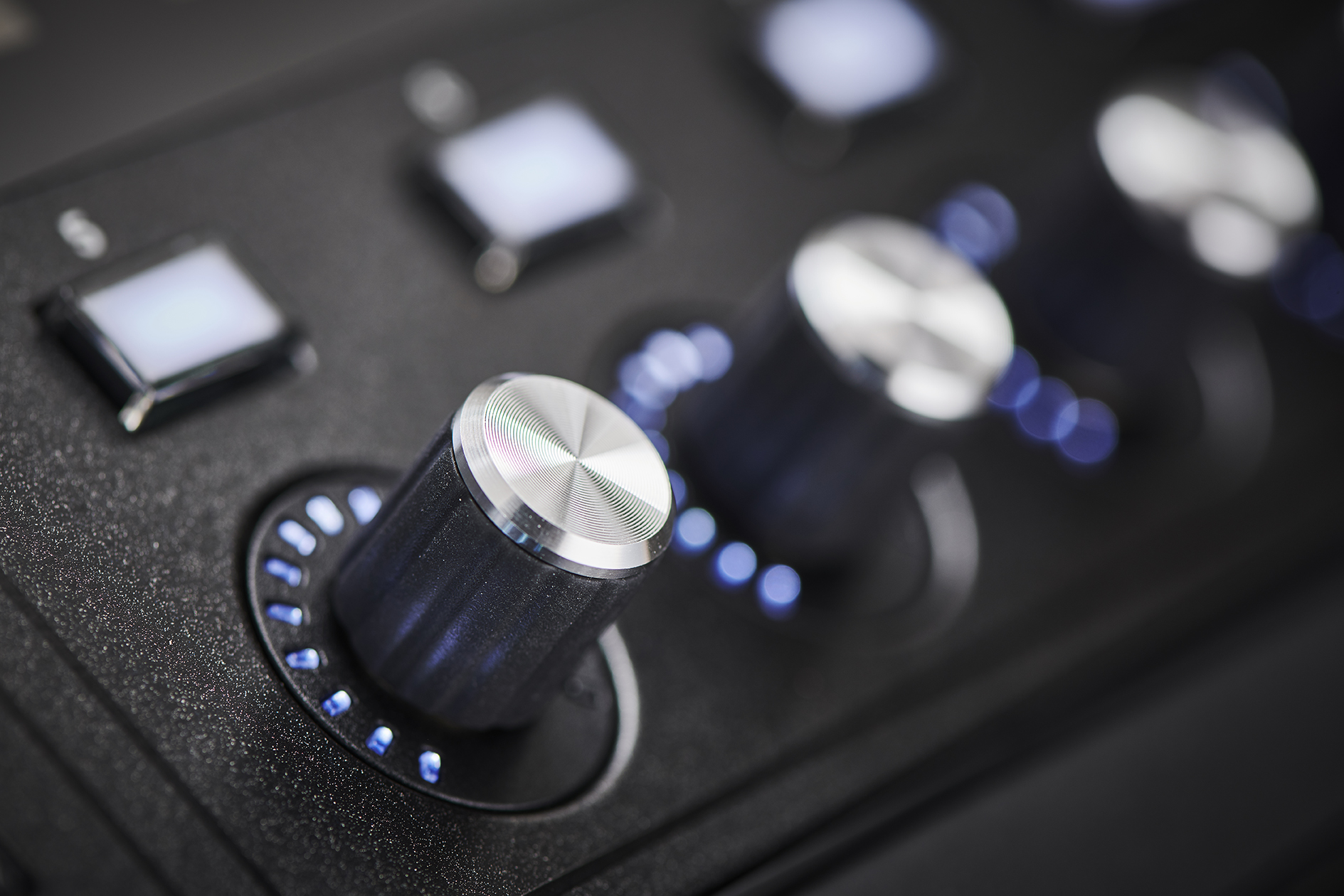
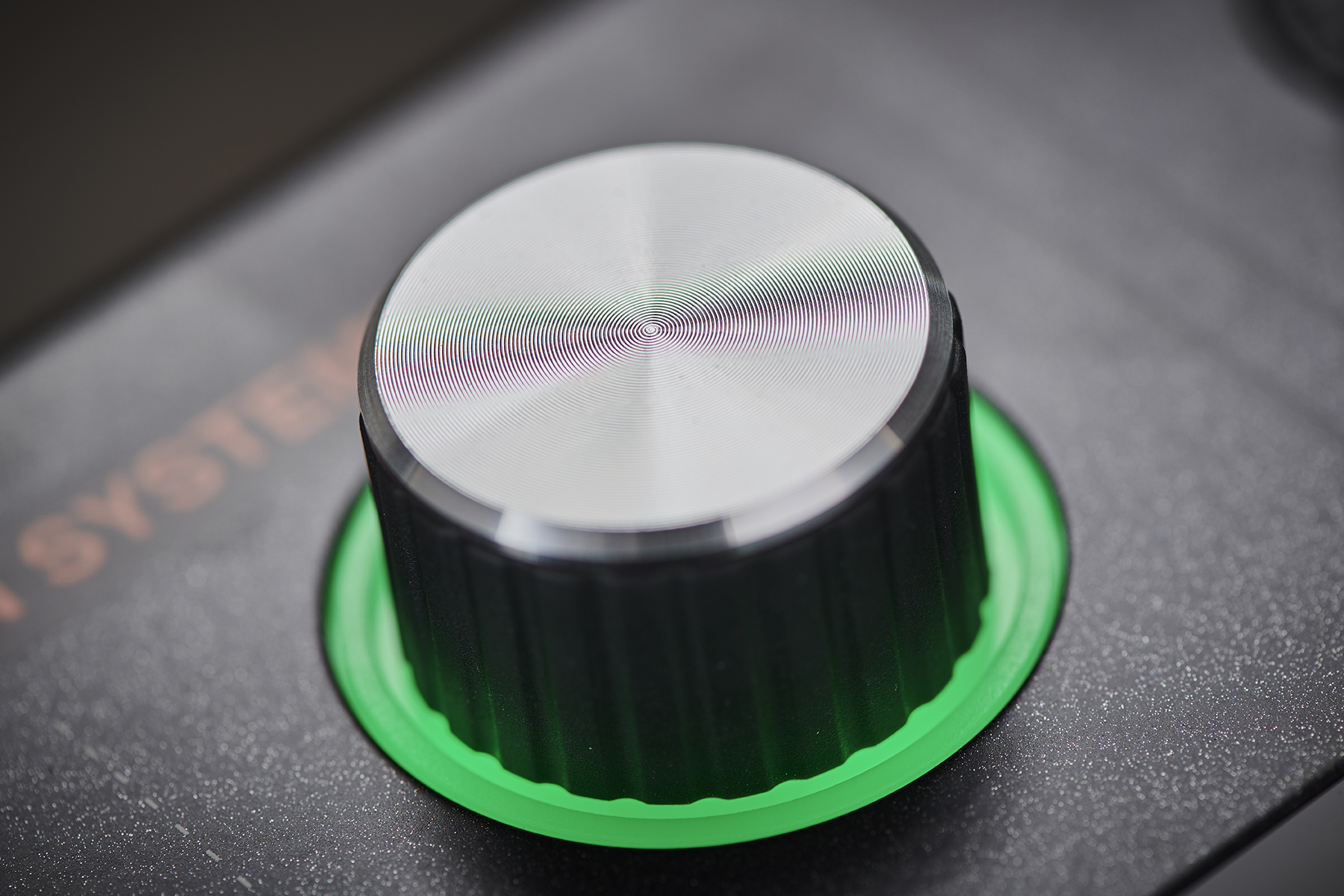
The general sound quality is truly excellent. It can be precise and crisp, warm and textured, and these can be anything from high-quality ‘bread and butter’ sounds, to something truly unique, something you have never heard before.
Once you factor in the ribbon controller, arpeggiator, macros, mod routes – and of course the poly aftertouch – and all the very musical sounding effects/drive, and you’ll be discovering new sounds in quick time!
There is something of a learning curve but remember we are dealing with a lot of complexity. The Hydrasynth is a deep synth, so it’s always advisable to sketch out mental maps of your sounds first, then go in. I also suggest reading the manual too. It can't hurt. But if you’re into modular then the Hydra, with its module-based layout, will be very easy for you to get to grips with.
Alternatively, explore the Hydrasynth's tones quickly by hitting the random button and going for it. Okay, the results might sometimes be – shall we say – a bit off, but out of nowhere gems will appear that offer great starting points for exploration or great sounds in their own right.
As a debut synth from a new company, the Hydra is hugely impressive. This is not easy to achieve on the first throw! In terms of build quality, looks, features, sound – not to mention affordability – the Hydrasynth has it all.
There's also a very nice rackmountable/desktop version too, with the same feature set but with pads instead of keys. ASM deserve congratulations on a brilliant machine!
MusicRadar verdict: This is a very impressive debut release. The Hydrasynth looks and sounds great, dares you to explore it further – plus, it is impeccably built and fairly priced. There is a lot to like here.
The web says
"I recommend the ASM Hydrasynth to any synthesist, but especially anyone who loves to build patches from scratch. If that describes you, it offers powerful programming tools and a well-designed, intuitive interface."
Synth and Software
"Let's face it, if the Hydrasynth had a control for every parameter, few of us could afford one."
Sound on Sound
Hands-on demos
Gear4music
Loopop
Dataline
Ashun Sound Machines
Thomann synthesizers
Specifications
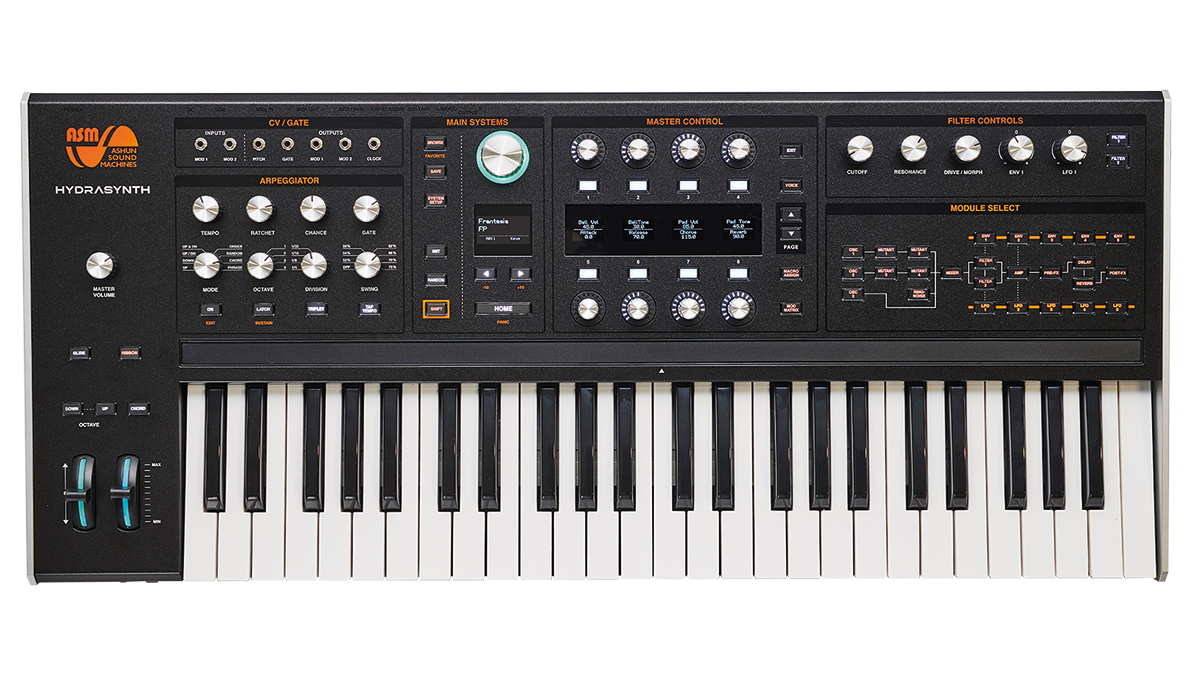
- TYPE: Digital wave-morphing synthesizer with polyphonic aftertouch.
- KEY FEATURES: 4-octave keyboard with poly aftertouch. 8 voices/3 oscillators per-voice. Ribbon controller. Analogue modelling, WaveScan synthesis, Mutants. 5 x 128 patches. 12 filter types. 32 route mod matrix. 8 assignable macros per-patch. 2 CV ins and 5 CV outputs. Comprehensive arpeggiator.
- CONTACT: Ashun Sound Machines

“Excels at unique modulated timbres, atonal drones and microtonal sequences that reinvent themselves each time you dare to touch the synth”: Soma Laboratories Lyra-4 review
“I used everything I knew about music”: How Green Day exceeded expectations with their most ambitious song
YouTube just added AI tools that makes musicians, library music and video editors redundant















